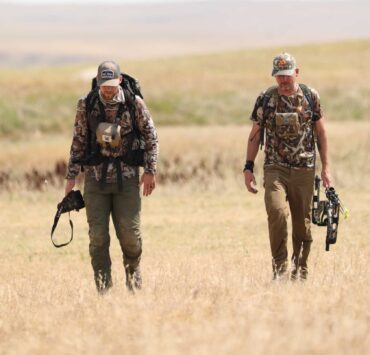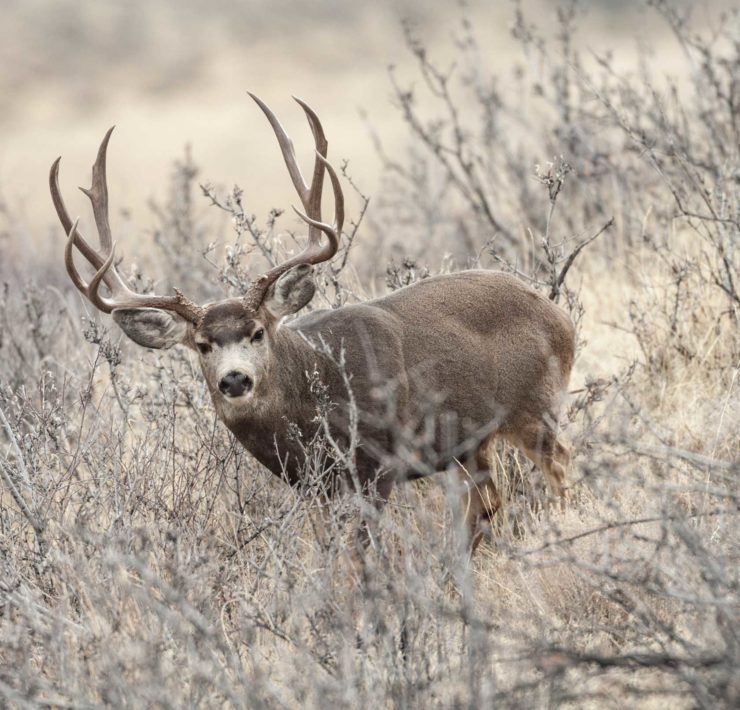Tex Creek WMA Fire Restoration
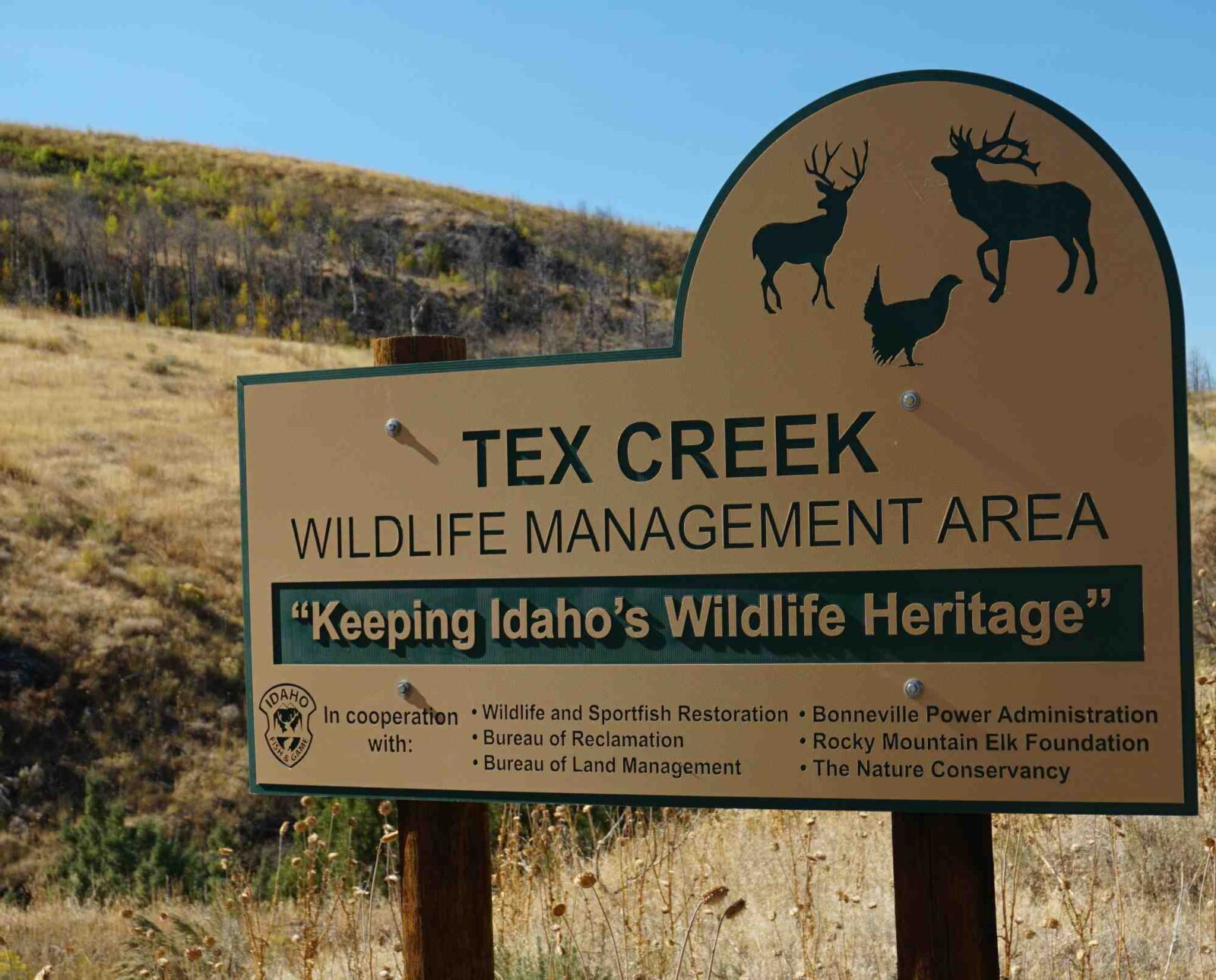
The Mule Deer Foundation is the only conservation group in…
As the sun breaks over the Caribou Mountains of eastern Idaho, the sound of a generator perched atop the tongue of an enclosed and refrigerated trailer, breaks the stillness of a frosty October morning. Inside the trailer are 32,000 sagebrush seedlings raised from seed collected locally and nurtured in a Rexburg greenhouse a short drive away from the Tex Creek Wildlife Management Area (WMA). The refrigerated trailer is a necessity to the survival of these plants, as daytime temps will climb rapidly into the mid to upper 70’s, and exposure to the heat and dry air in their delicate state, will risk their very survival before they can make it into the red volcanic dirt, and sand as fine as talcum powder.
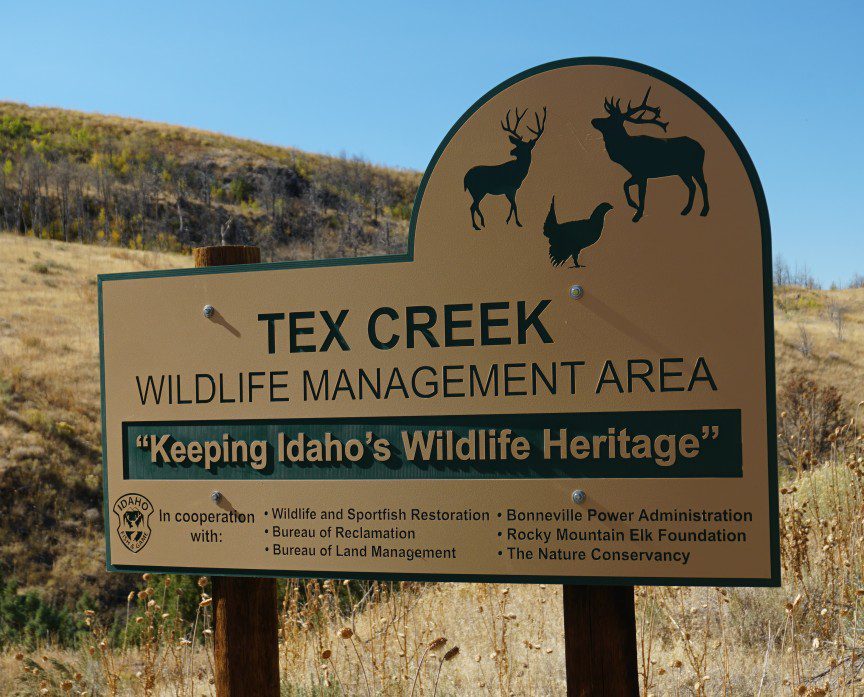
Tex Creek Wildlife Management Area is a 35,000-acre wildlife haven, resting upon the northwest foothills of the Caribou Mountain range, a short 15 miles from the growing community of Idaho Falls. This sage-steppe terrain provides the wintering grounds for mule deer and Rocky Mountain elk, and important habitat for Columbian sharptail grouse and numerous other species. The landscape was once thickly populated by various types of mountain, basin and Wyoming sagebrush—forage critical to the health of the large herds of mule deer that made these valleys and hollows home during the harsh Idaho winter. In the worst of winter, Tex Creek can host as many as 4,500 mule deer and even more elk. The average mule deer migrates from around 35 miles out, but GPS data tell the story of deer traveling as far as 65 miles to occupy these grounds during the winter.
But in 2016, one careless act by a group of young men lighting off bottle rockets sparked the Henry’s Creek Fire that consumed over 50,000 acres and destroyed nearly 75% of the crucial winter range habitat that comprises Tex Creek. The fire devastated the landscape but the impacts to the mule deer herd would not be realized until population estimates in 2019 reported a 40% decline. The use of the area by mule deer was documented through GPS collars and included as part of Ungulate Migrations of the Western United States, Volume 1, an atlas of mapped big game migration corridors released last year.
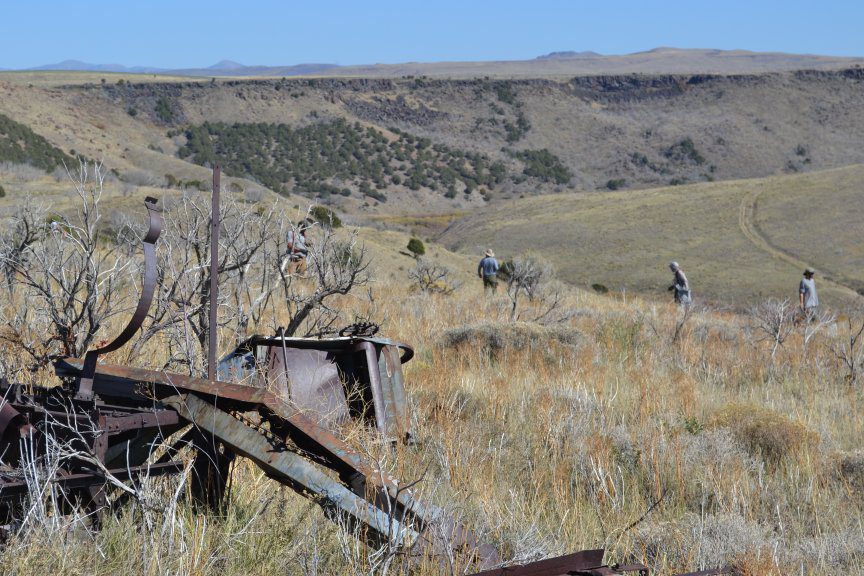
Today when one looks at Tex Creek, they would be hard pressed to locate sagebrush. The burned area is now mostly covered in low-growing grasses, native and invasive, which only provide minimal forage in winter. In a healthy native bunchgrass and sagebrush system, there is little room for these invasive grasses to propagate, but the scorched soils provide the perfect opportunity for them to spread. Wildfire, when driven by winds as high as 50 mph, leaves little standing in its path. The sporadic remains of healthy sagebrush on Tex Creek are found only in desolate patches that were shielded by the wind, or adjacent to riparian areas. The once plentiful sagebrush, that can take nearly 30 years to reach maturity, struggles to compete, particularly against aggressive invasive vegetation like cheatgrass.
In the years following the Henry’s Creek Fire, Idaho Fish and Game Department (IDFG) began the restoration process for the fire-damaged WMA. The first projects began with aerial seeding of sagebrush and other desirable plant species, and the treatment of invasive grasses.
“Mule deer spend most of their summer trying to put on fat reserves to survive the harsh winters,” said Jessie Shallow, MDF’s Idaho Cooperative Wildlife Biologist. “Sagebrush and several other shrubs have the right mix of protein and digestibility to build this fat-reserve. Sagebrush not only provides high-quality food for mule deer, but it is also important as hiding cover that protects fawns from predators.”
In 2020, the Mule Deer Foundation (MDF) began a sagebrush planting project on Tex Creek to further accelerate the restoration work of IDFG. With a dedicated group of fire-restoration contractors, MDF planted over 48,000 sagebrush plants last fall. In early October of 2021, a small crew of MDF contractors and financial support from the Dallas Safari Club Foundation, Bass Pro Shops & Cabela’s Outdoor Fund, and National Fish and Wildlife Foundation spent three days on Tex Creek planting an additional 32,000 sagebrush seedlings. The work is hard, and the true results will take years to see the full effect, yet the anticipated improvement for this crucial mule deer winter range is worth the effort. MDF aims to continue this work in 2022, and is currently working towards another mass planting in 2022, with the goal of adding 50,000 more shrubs
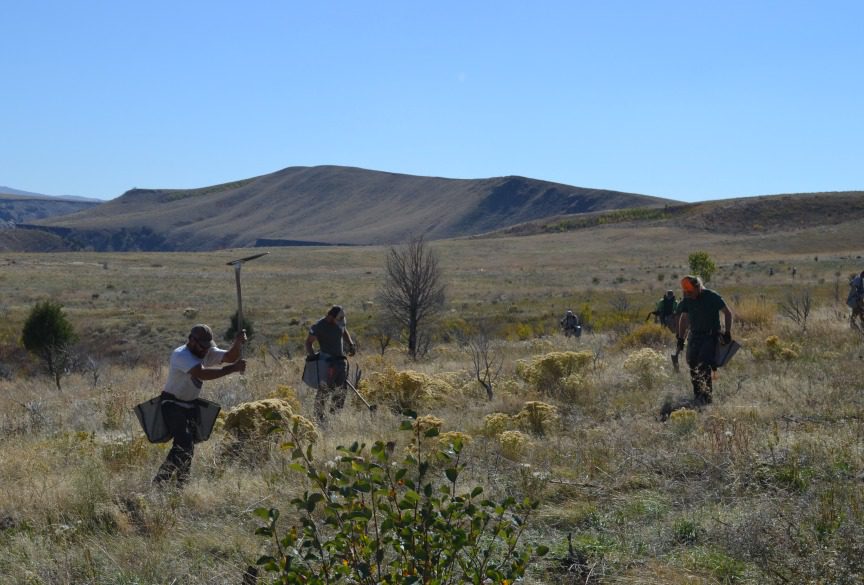
Sagebrush is one of, if not the most important forage species for mule deer throughout the year. In winter, sagebrush retains it leaves, has high nutritional value, and remains highly digestible. Unlike elk who are likely to browse on a wide range of different plants and forbs, mule deer are critically tied to sagebrush and may feed almost exclusively on it during the harsh winter months. The stomachs of mule deer, unlike the long rumination process that elk or cattle possess, require mule deer to only eat food that is both easy to digest and high in protein. Plants that are highly digestible and have high protein levels ensure that a lactating doe can feed her growing fawns. A herd that enters the spring with ample reserves is more likely to produce offspring that will survive to grow the herd.
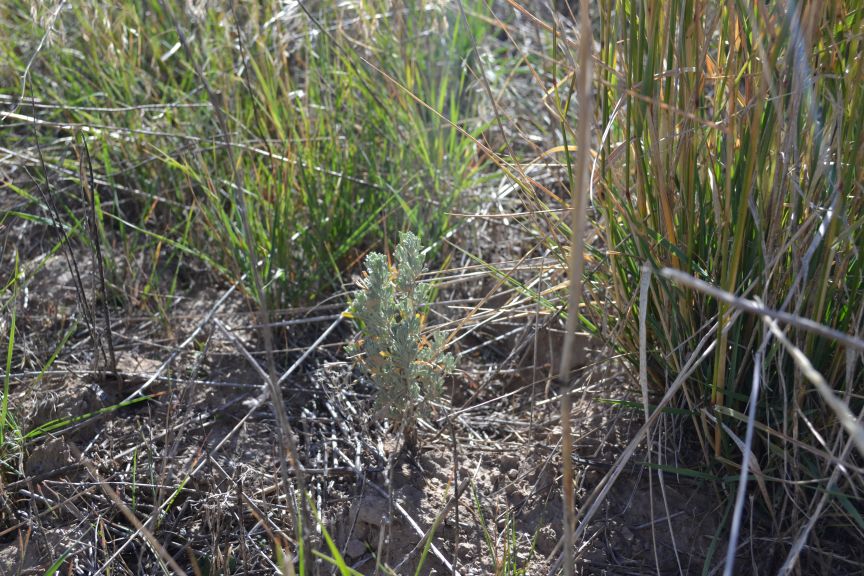
“The Mule Deer Foundation is a leader in the implementation of habitat conservation and restoration projects that affect big game migration corridors and seasonal ranges,” commented MDF President/CEO Joel Pedersen. “Projects like the Tex Creek WMA planting not only benefit mule deer herds and the other species that share their habitat, but also strengthen communities by providing easy access to wildlife viewing and hunting opportunities, while encouraging tourism that is associated with the outdoor lifestyle.”
Restoration is hard work, but it is only with the support of our dedicated members and supporters that we can accomplish this monumental task. As summers grow hotter and longer and non-native vegetation like cheatgrass takes over sagebrush rangelands, the risk for catastrophic fire is likely to grow leading to more habitat restoration projects like Tex Creek. But as stewards of the land and the animals that provide us with so much enjoyment, MDF and our dedicated members will continue to put our boots on the ground to ensure the conservation of mule deer, black-tailed deer, and their habitat.
Please take a moment to consider how you can make a difference. The Tex Creek fire restoration is only one example of the work that MDF is completing every day across the mule deer range. Your help is needed to continue our work, please consider joining MDF today.
The Mule Deer Foundation is the only conservation group in North America dedicated to restoring, improving and protecting mule deer and black-tailed deer and their habitat, with a focus on science and program efficiency. MDF is a strong voice for hunters in access, wildlife management and conservation policy issues. MDF acknowledges regulated hunting as a viable management component and is committed to recruitment and retention of youth into the shooting sports and conservation. Get involved in your state or become a member at www.muledeer.org or call 1-888-375-3337.



